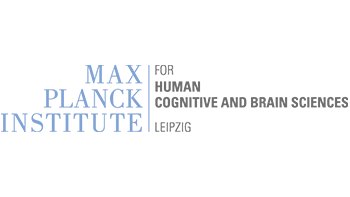Feldmann LK, Lofredi R, Al-Fatly B, Busch JL, Mathiopoulou V, Roediger J, Krause P, Schneider GH, Faust K, Horn A, Kühn AA, Neumann WJ.
Mov Disord. 2023 Apr;38(4):692-697. doi: 10.1002/mds.29334. PMID: 36718788.
Abstract
Background: Subthalamic nucleus (STN) beta (13 – 35 Hz) activity is a biomarker reflecting motor state in Parkinson’s disease (PD). Adaptive deep brain stimulation (DBS) aims to use beta activity for therapeutic adjustments, but many aspects of beta activity in real-life situations are unknown.
Objective: The aim was to investigate Christmas-related influences on beta activity in PD.
Methods: Differences in Christmas Day to nonfestive daily averages in chronic biomarker recordings in 4 PD patients with a sensing-enabled STN DBS implant were retrospectively analyzed. Sweet-spot and whole-brain network connectomic analyses were performed.
Results: Beta activity was significantly reduced on Christmas Eve in all patients (4.00-9.00 p.m.: -12.30 ± 10.78%, P = 0.015). A sweet spot in the dorsolateral STN connected recording sites to motor, premotor, and supplementary motor cortices.
Conclusions: We demonstrate that festive events can reduce beta biomarker activity. We conclude that circadian and holiday-related changes should be considered when tailoring adaptive DBS algorithms to patient demands.
- B03 | Modulation of cortex – basal ganglia signaling for motor preparation in PD
- C04 | Advancing neurostimulation to personalized, symptom-related, adaptive stimulation: from chronic biomarker monitoring to clinical application beyond motor symptoms
- B01 | Towards clinical application of virtual deep brain stimulation
- B04 | Identifying functional network properties to guide neuromodulation in pediatric and adult hyperkinetic movement disorders










